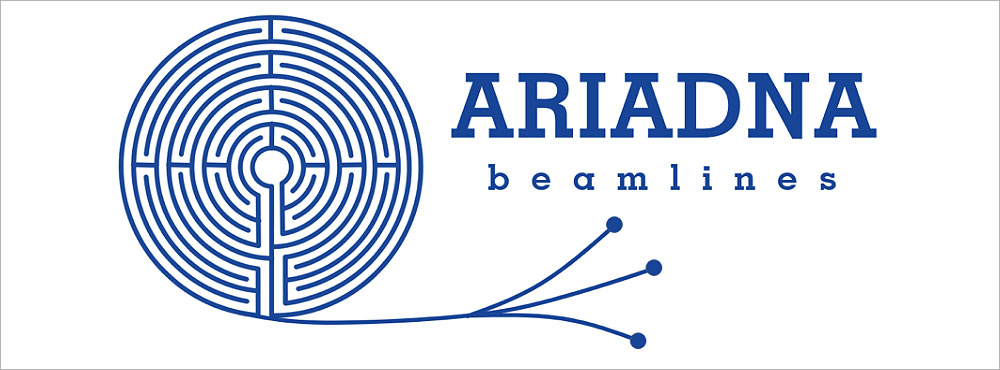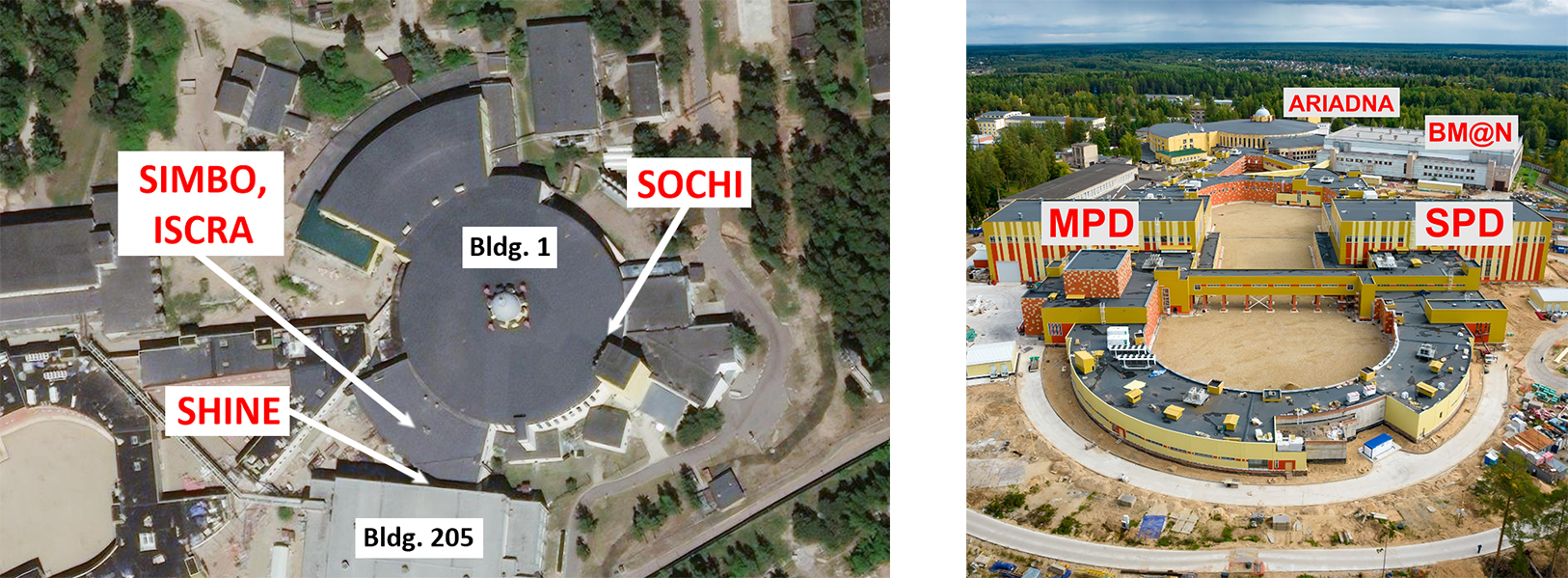ARIADNA: in active execution phase
News, 24 March 2022
In recent months, a number of seminars, workshops, and working meetings have been held to discuss the prospects for the development of applied research at the NICA complex. Thus, at the end of February, at a VBLHEP joint laboratory seminar, Alexey Slivin, an engineer of the Accelerator Department, spoke about the construction of appropriate facilities. Oleg Belov, Deputy Head of the VBLHEP Department of Methodological Research and Innovation commented on the formation of the ARIADNA collaborations around them.
The irradiation stations under construction are a basic element of the infrastructure for applied research at the NICA complex, which received the name ARIADNA (Applied Research Infrastructure for Advance Development at NICA fAcility) in 2021. They are designed to conduct research in several main areas.
The first is testing for radiation resistance of microchips and work on radiation materials science. This will be implemented at two stations currently being constructed. To irradiate decapsulated microchips with 3.2 MeV/nucleon ion beams extracted from the linear accelerator in the VBLHEP building No. 1, a Station Of Chip Irradiation (SOCHI) was installed in October-November last year. In December, it was commissioned with a carbon ion beam. In spring, upon completion of the third commissioning cycle at the Booster, work at the station will continue. For research on radiation materials science and testing of encapsulated microchips in the energy range of 15-500 MeV/nucleon, it is planned to construct ISCRA (Irradiation Station of Components of Radioelectronic Apparatus) in the measuring hall of building No.1.
The second area is a wide range of studies in the fields of life sciences using ion beams with the energy range of 500-1000 MeV/nucleon. For these studies, SIMBO (Station of Investigation of Medico-Biological Objects) will be constructed, also in the measuring hall of building No.1.
The stations and beam channels for applied research are being constructed under the direction of Evgeny Syresin, Chief Engineer of the NICA Accelerator Complex, with the decisive participation of young talented scientists Georgy Filatov and Alexey Slivin. The structure and appearance of the facilities and the detectors that comprise them were also explained in detail.
The greatest progress has been made in the construction of SOCHI: not only has the equipment already been assembled, but vacuum tests and a physical start-up have also been carried out at this station. In addition, the layouts of the ISCRA and SIMBO stations, their components, parameters, technical characteristics, location, as well as related systems – climate control and beam diagnostics system – have been presented.
Work on the applied channels and the station began in the Accelerator Department No.1 in 2019. Now the reconstruction of the measuring hall of VBLHEP building No.1, where the equipment will be placed and the installation of the ISCRA and SIMBO stations is planned to start, is being completed. The commissioning of these stations is planned for late 2022.
It is important to note that collaborations and committees are being actively formed around the facilities, workshops are being held with representatives of scientific and educational centres interested in joining them. In particular, O. V. Belov, Deputy Head of the VBLHEP Department of Methodological Research and Innovation pointed out that Applied Research and Innovation Committee at the NICA complex had already been established. He also explained in detail the formation of the ARIADNA collaborations, as well as the development of a scientific programme of applied research at the NICA complex, and the development of cooperation with interested organizations. Read more in the JINR Weekly Newspaper.

